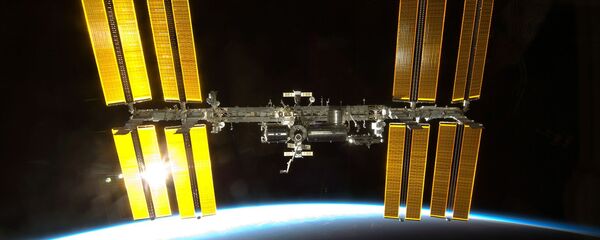The focus of Thursday’s briefing was mainly on data that the NASA camera — a far-ultraviolet imaging spectrograph — hopes to reveal from the mission titled GOLD, an acronym for Global-scale Observations of the Limb and Disk.
"It has a huge importance for aviation industry, for the maritime industry and even for the military because they want to make sure that they’re always in communication," NASA’s Associate Director for Heliophysics Science Alex Young stated.
GOLD will perform measurements needed to address questions about the response of Earth’s thermosphere-ionosphere system "to external and internal influences and their ties to space weather," according to an accompanying NASA press release.
Existing models, while accurate for short-term predictions, typically fail after a day or so, GOLD’s Principle Investigator and University of Central Florida Professor Richard Eastes noted. "We’ll use what we learn to develop better models."
Resulting data is expected improve forecasting of space weather events such as solar storms, which can impact life on Earth, as well as satellites and astronauts in space, according to NASA.


